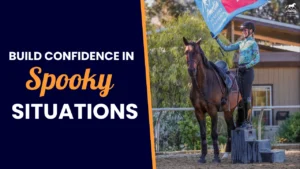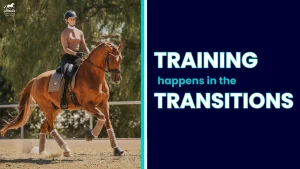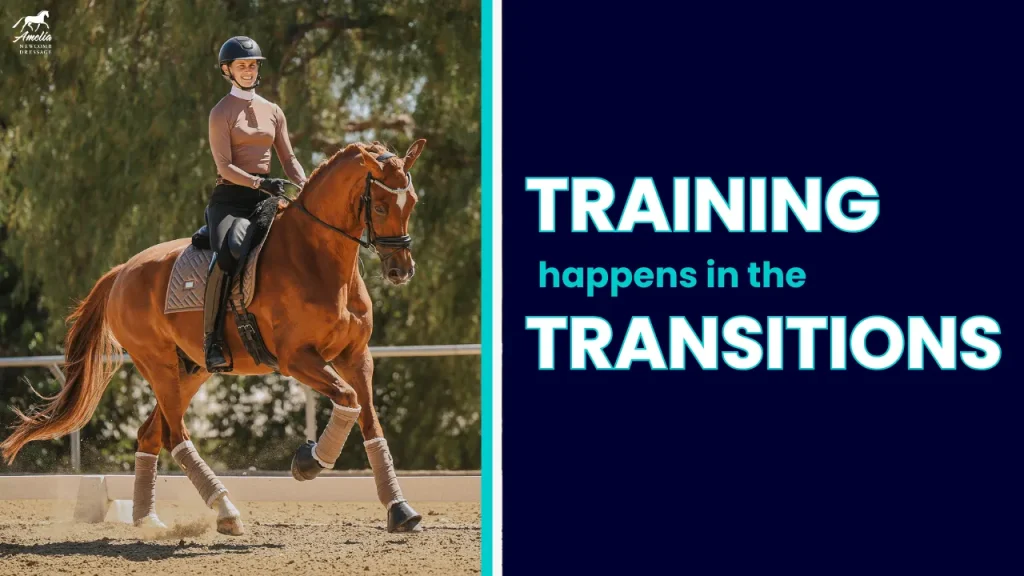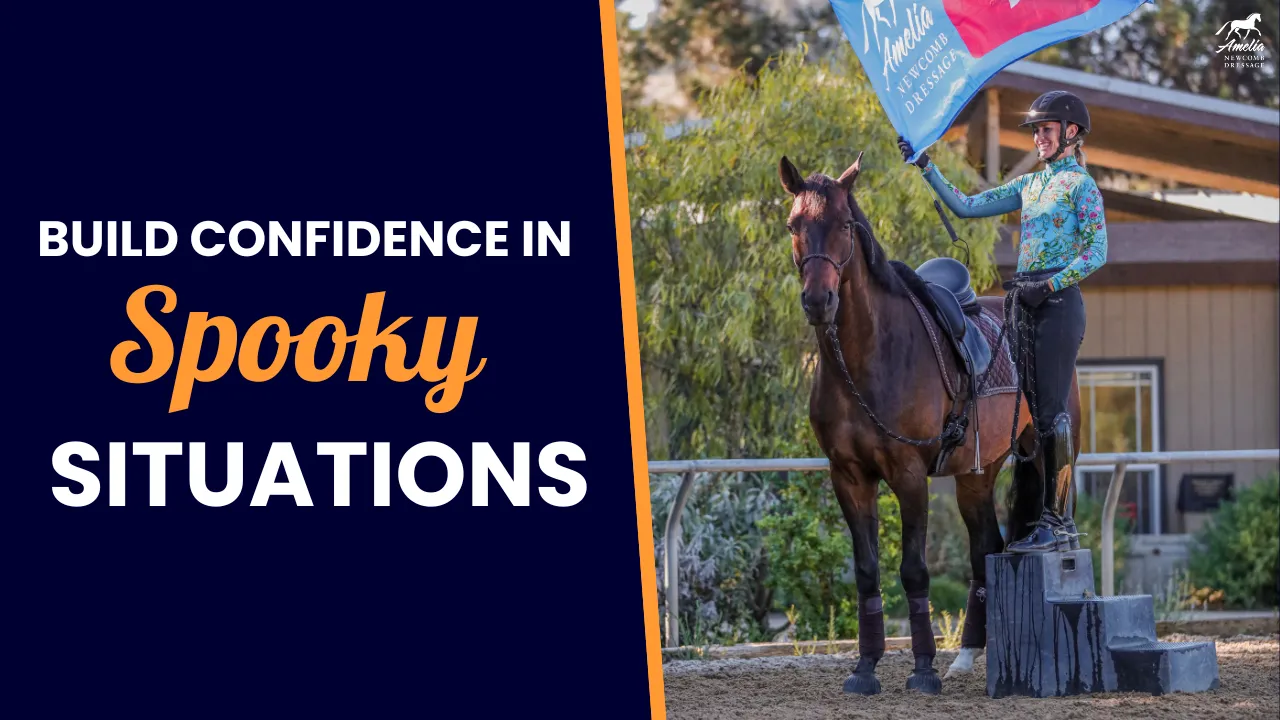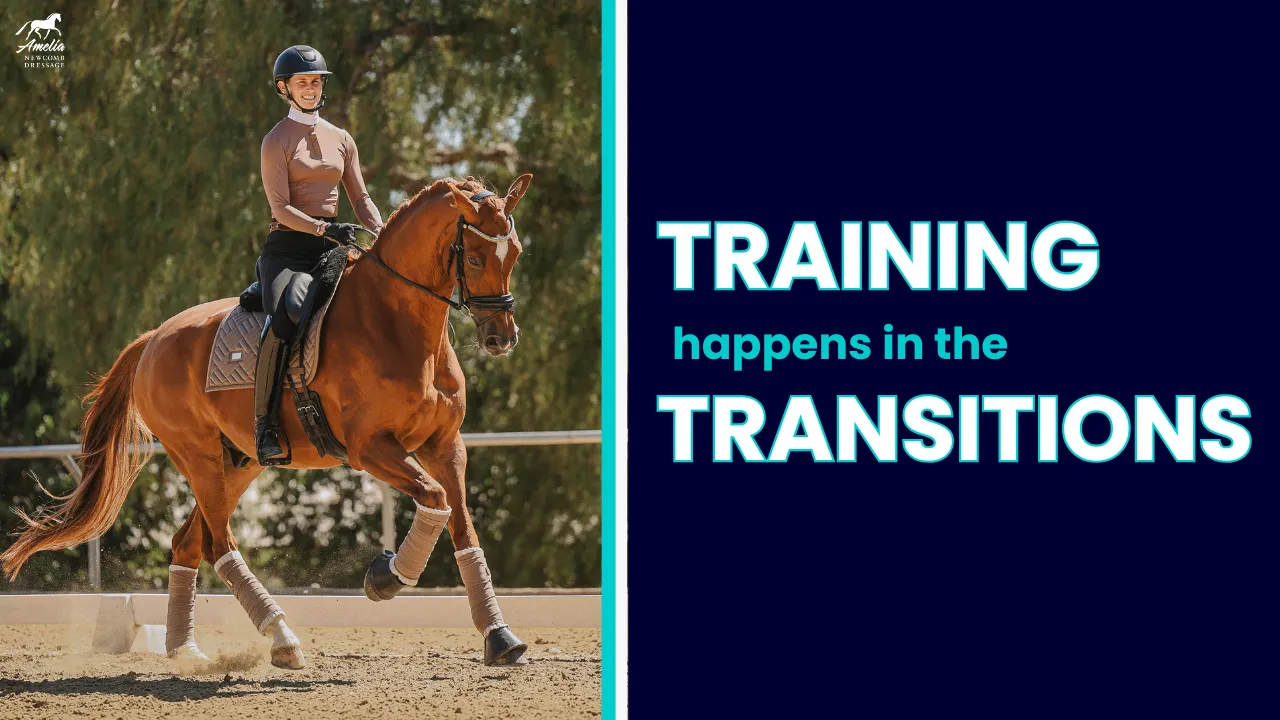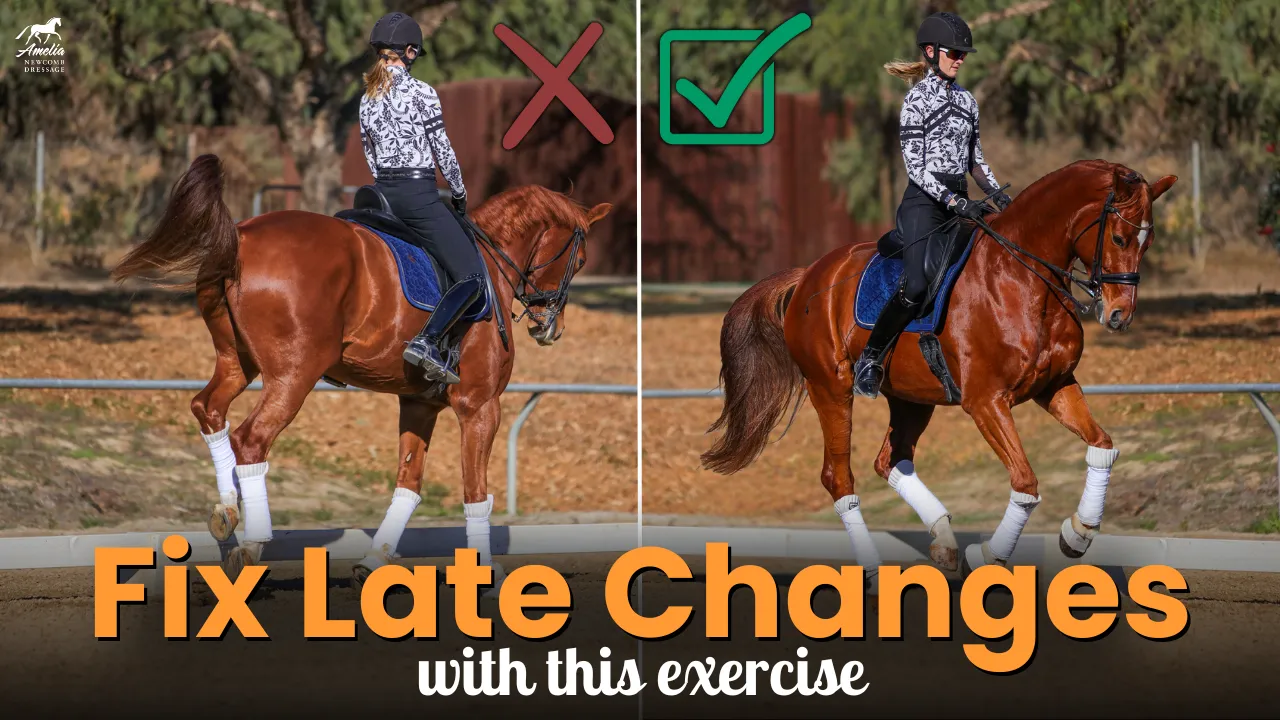In general, we think of “weakness” as a traditionally negative trait. However, when it comes to riding horses, we should all be ASPIRING to have weak hands! Yes, that’s right, we WANT weak hands because we want the majority of the work to be done by our legs and seat. My inspiration for this came from something Isabel Werth said to her students and I thought it was a great way of reframing the idea so wanted to share it with you guys! (Thanks Isabel!)
The time when we are psychologically the most reliant on our hands is of course in downward transitions. Unfortunately, we often learn in our early riding days to slow down with the rein first, but as you get more advanced, you learn to use your seat. So let me show you how to execute a downward transition using “weak hands”.
Firstly, you should use the gentle feel of your hands to experiment with just how little feel you need on the bit to administer an aid. You’ll be surprised how often your horse will actually listen to the lightest of touch!
When coming from the trot into a walk, instead of going straight for the rein, try this:
Pull your tummy in, put your horse in slight shoulder fore, sit up and back and give a half halt, and another one until the horse makes the downward transition.
Some things for you to think about
- Think about your body position, sitting up and back and closing your thighs
- Use your voice. Instead of going straight for the rein to half-halt if the weight aids aren’t working, ask with your voice first.
- Think about doing smaller and weaker half-halts than you might usually do instead of a bigger one. Very small and gentle and repeat if necessary until they get the message.
This applies not just to downward transitions but also to turning. Instead of pulling on the inside rein to turn try this.
- Look in the direction you want to turn
- Turn your body in the direction you want to turn
- Step a little more weight on the inside stirrup
- Put your outside leg behind the girth
Think about the top-level riders that you see. Their hands seem to stay completely still because they are doing all the communicating with their legs and seat!
Have a look at this video where I demonstrate this with Leo and if you find it helpful, please share it and let me know in the comments!
Thanks for watching!

